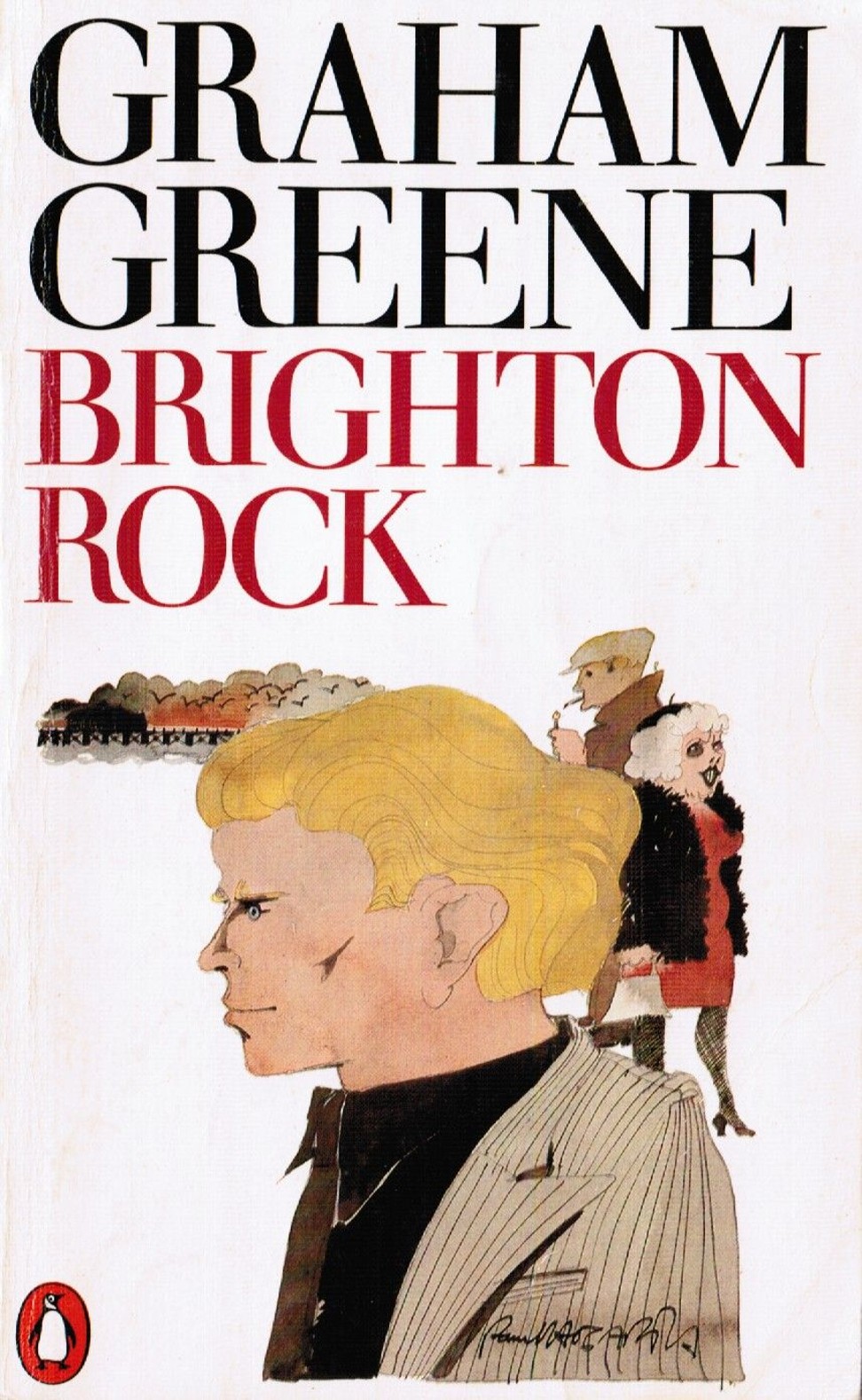
An old China hand’s must-reads for a desert island: five books novelist Paul French can’t live without
Top picks from writer who calls Shanghai his second home include a classic British gangster story, one of the best examples of American neo-noir, and Wide Sargasso Sea’s Jean Rhys on the highs and lows of being a Paris showgirl
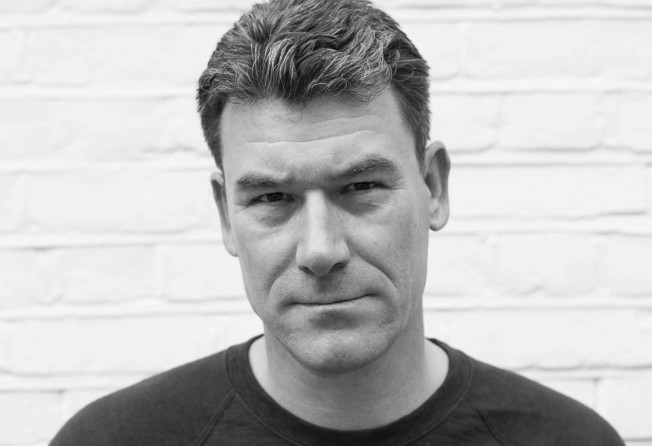
Born in London and educated there and in Glasgow, Paul French lived in Shanghai for many years and the city remains close to his heart – “Shanghai is such a dominant force in my life,” he says.
He returned to London in 2013, but travels regularly to mainland China and Hong Kong, and will be back in town in November for the Hong Kong International Literary Festival.
French is the author of a number of books, including The New York Times bestselling and Edgar Award – winning Midnight in Peking, Carl Crow: A Tough Old China Hand and most recently City of Devils: A Shanghai Noir.
Here are the five books he would take to a desert island, in his own words.

Brighton Rock
by Graeme Greene, 1938
I went to a pretty rubbish school in north London where no one read anything. It was the 1970s and the teachers were mainly trying to control the kids. We had a teacher named Mr Marks who, looking back, was likely only just out of teacher training college and was too intellectual to be a teacher. He persevered and gave us three books and this was one the most challenging. Perhaps he assumed we’d all been to Brighton.
It was a revelatory book for me and I was completely gripped. Although it’s a novel, Greene went to Brighton a lot, walking around and seeing the London Italian gangsters who came for the weekend. He was going around an absorbing everything, so in a sense it’s like a true crime book. I like to do that – go to a city, usually in China, absorb as much as I can, read about the history, and then tell a story.
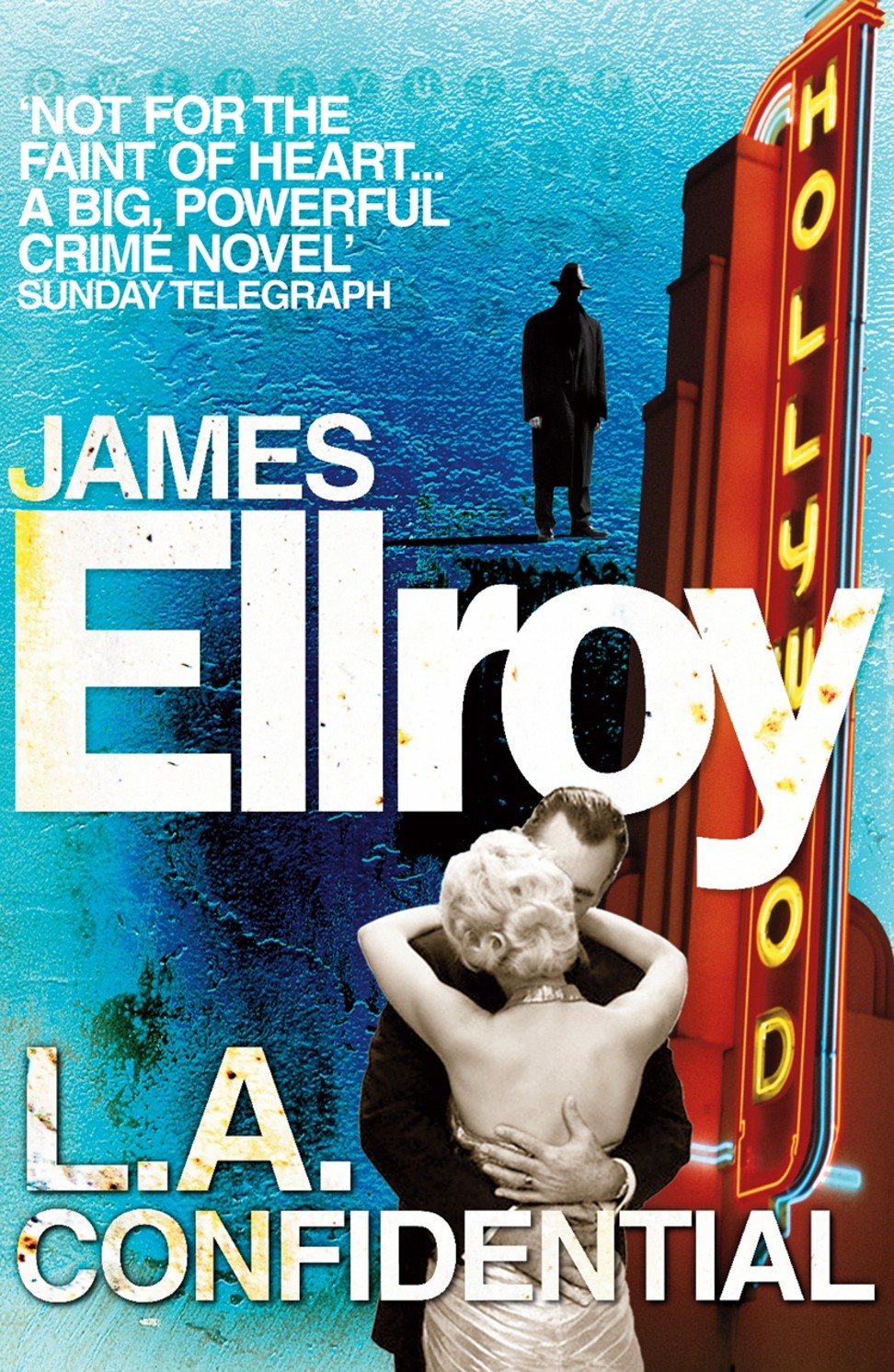
LA Confidential
by James Ellroy, 1990
After doing Chinese studies at university in the UK and China, and then doing postgraduate studies in Glasgow, I returned to London in 1991. It wasn’t a boom time for people who’d done Chinese studies and I was unemployed for a year. I used to go to second-hand bookshops and a guy in a bookstore in Camden suggested that I’d like this. I did. And I’ve read everything by James Ellroy since.
I loved the fact that someone in the 1990s was writing about 1940s LA in a tough, hard core style. I love neo-noir, of which this is one of the most famous examples. There’s an explosive opening scene, wonderful characters and Ellroy explores the underbelly of a city. A year ago, when I first had the idea to write City of Devils, this was the book that was front and centre of my head.

Man’s Fate
by Andrew Malraux, 1933
The French title of this book is La condition humaine. There aren’t many novels about Shanghai – foreigners, although they went in great numbers, didn’t often write novels, and there aren’t that many Chinese novels set in Shanghai, as they tended to focus on Peking. Malraux arrived in Shanghai a few years after the failed communist insurrection of 1927, but he knew what happened there with the massacre of the left and the street fighting. It’s very well-crafted in terms of plot. I read this first as a student – it was a novel about Shanghai and I’d been studying 1920s Chinese history.
I read it again when I was living in Shanghai and then I focused on the old area, where I was living and spending time. The third time I read it was to give a talk and that time I focused more on the plot. Then when I reread it I saw it in light of the terrorist attacks – here was a group of men with a cause and it seemed very contemporary. And most recently when I reread it I saw it in light of contemporary politics and urban studies because much of that old area of Shanghai is being torn down. I’m nostalgic about old Shanghai.
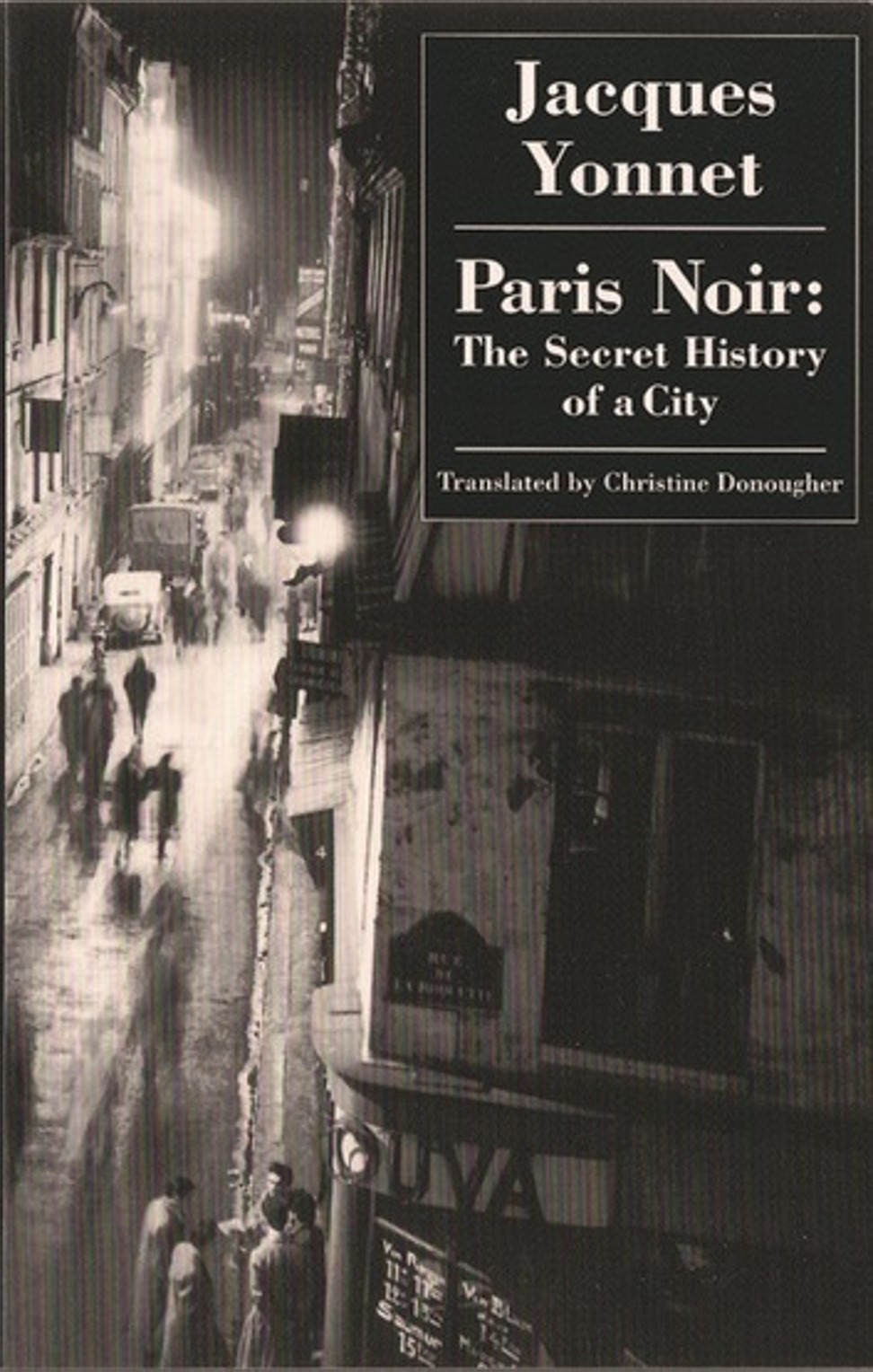
Paris Noir: The Secret History of a City
by Jacques Yonnet, 1954
This wonderful book is very well-known in France, but not outside the country. It was written by Yonnet during the Nazi occupation of Paris. Yonnet was one of many Parisians loosely involved in the resistance and tried not to draw too much attention to himself.
The book features a lot of standing around in bars and features various supernatural beliefs that existed in the Latin Quarter of Paris at the time. He mixes superstition and allegory along with stories of the resistance – there are tales of people drinking in bars who may be ghosts. When I wrote Midnight in Peking, I included superstition and talk about fox spirits. Superstition and superstitious beliefs are part of life and also float around in our scientific world.
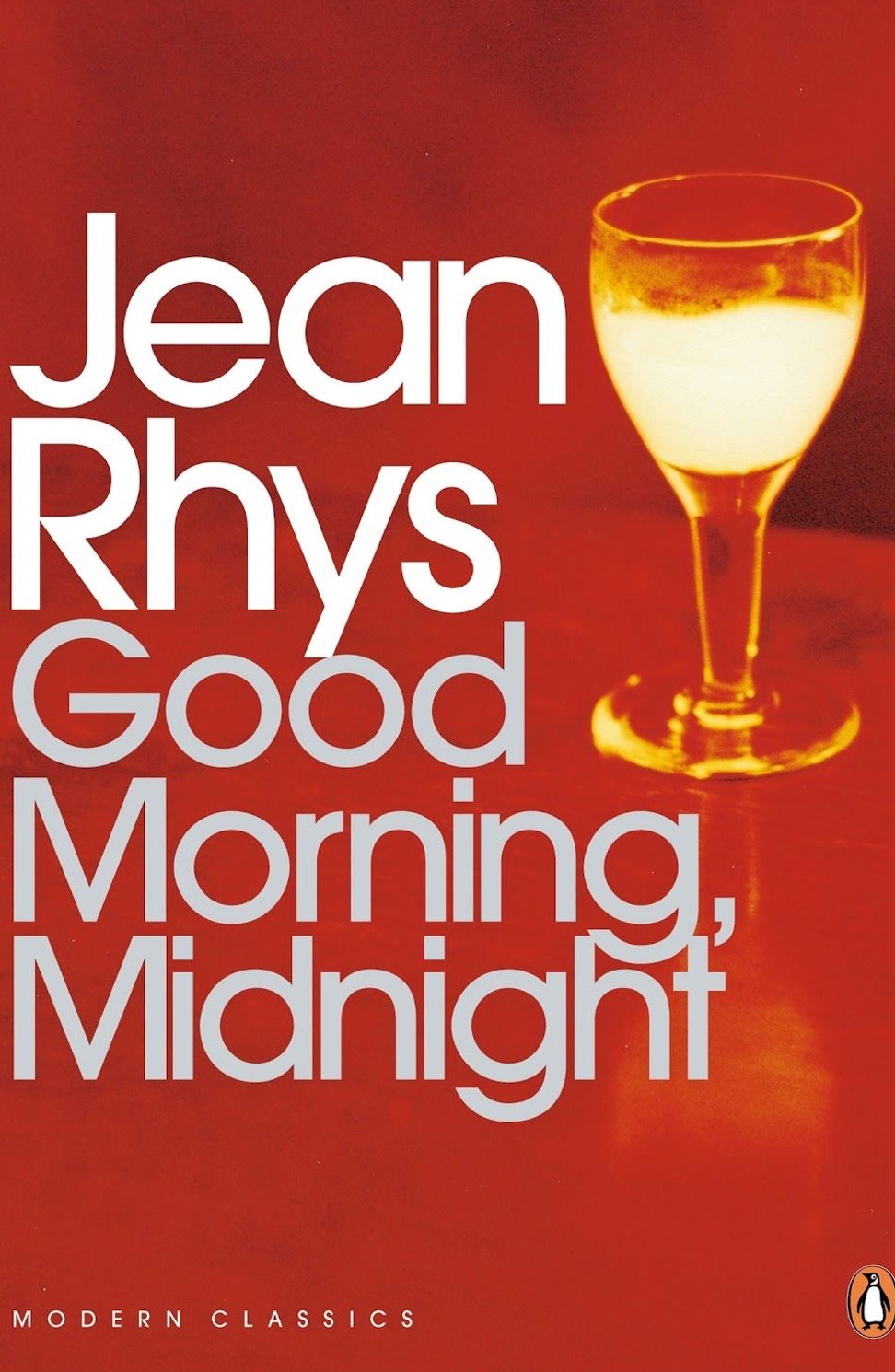
Good Morning, Midnight
by Jean Rhys, 1939
Jean Rhys was born in the Caribbean of mixed parentage and came to England and travelled around the continent as a showgirl. She talks about being a dancer. Not a star, but a member of the chorus line and the life that comes with that – having to avoid the landlord because you’re late with the rent or going on dates with foul blokes because they’ll take you to a restaurant and you can eat. It was the life of the white Russian girls in the war and she lived it – there was casual or occasional prostitution. Rhys lived this life and wrote about it.
At times it could be a glamorous life and then she’d return to a cockroach-infested garret in Paris. Most people know Rhys by her later works, such as Wide Sargasso Sea, but her early stuff and life is very interesting.